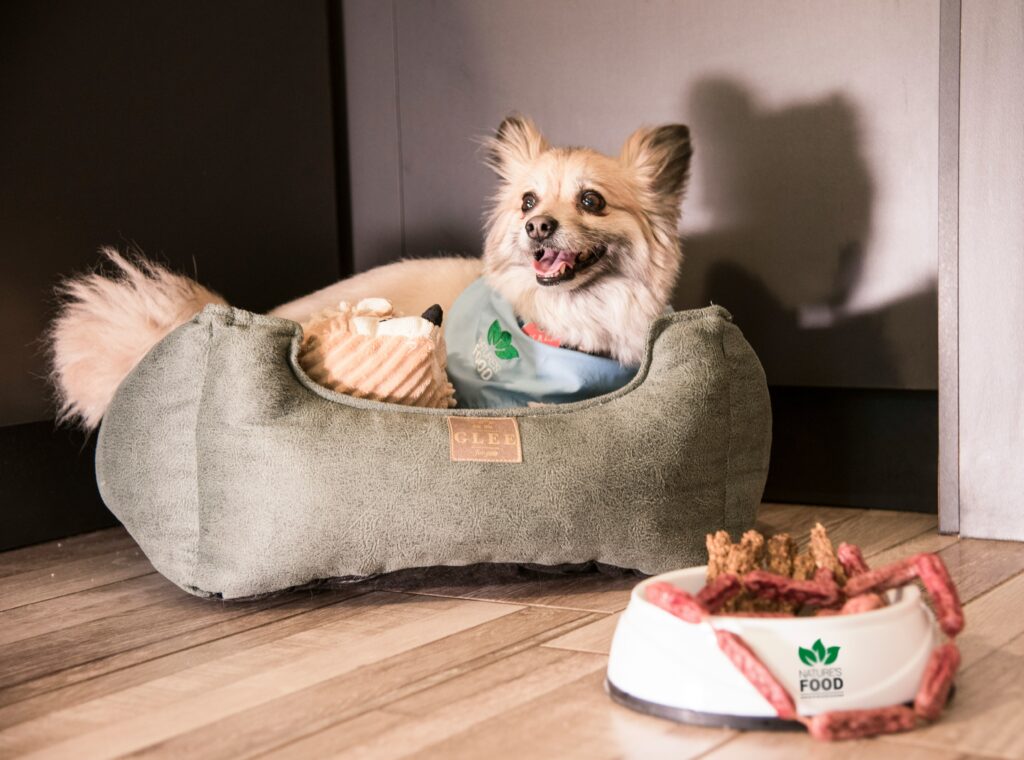Switching your pet to a healthier diet can be a game-changer, but it’s not always as simple as just dumping the new food in their bowl. Animals, just like humans, get used to certain flavors and textures, and changing things up can sometimes lead to a finicky eater or, worse, an upset stomach. If you’re thinking about upgrading your pet’s diet—whether it’s to a higher-quality kibble, fresh food, or something else entirely—here’s how to make that transition smooth and stress-free for you and your furry (or scaly or feathered!) friend.
Start Slow—Rome Wasn’t Built in a Day

No matter how good the new food is, jumping straight into it can be a shock to your pet’s system. Instead, introduce the new food gradually over the course of a week or two. Begin by mixing a small amount of the new food with their regular food. Day by day, increase the proportion of the new food while decreasing the old one. This slow transition helps prevent tummy troubles and gives your pet time to adjust to the new taste and texture. Remember, patience is key here—it’s all about baby steps!
Observe Their Reactions Closely
Pay close attention to how your pet reacts during the transition. Are they excited about the new food? Do they seem hesitant or picky? Any changes in energy levels, mood, or even bathroom habits can be a sign of how well they’re adjusting. Diarrhea or vomiting, for example, might indicate that the transition is happening too quickly or that the new food doesn’t agree with them. If that happens, slow down the process or consider consulting your vet for advice.
Add a Little Extra Flavor to Entice Them
If your pet is giving the new food the cold shoulder, try adding a little something extra to make it more appealing. A small amount of warm water, some plain cooked chicken, or a sprinkle of their favorite treat crumbled on top can do wonders to spark their interest. For some pets, heating up their food a bit can bring out the aroma and make it more enticing. Just remember to keep these add-ins healthy and not overdo it, as the goal is to get them accustomed to the new food itself.
Stick to a Schedule

Consistency is crucial for pets, especially when it comes to feeding routines. Keeping meals at the same time every day helps them know what to expect, reducing anxiety or confusion during the transition. This also helps establish a solid digestion routine, which is important when introducing new foods. If your pet turns their nose up at the new food, try waiting 15-20 minutes before removing the bowl and offering it again later. They might just need some time to warm up to the change.
Pay Attention to Nutritional Balance
One of the main reasons for switching to a healthier diet is to provide better nutrition, so make sure that the new food meets all your pet’s dietary needs. Whether you’re transitioning to a commercial diet, home-cooked meals, or raw food, ensure it has the right balance of protein, fat, fiber, vitamins, and minerals. Don’t hesitate to talk to your vet or a pet nutritionist if you’re unsure about what your pet needs. A little research goes a long way in ensuring your pet is getting a wholesome diet!
Monitor Their Weight and Energy Levels
Switching to a healthier diet is usually done with the best of intentions, but make sure to monitor your pet’s weight and energy levels during and after the transition. A sudden drop or gain in weight, loss of appetite, or lethargy could indicate that the new diet isn’t meeting their needs. Keep an eye on their physical appearance too—changes in coat quality, eye brightness, or overall body condition can be good indicators of how well the diet is working.
Make It a Positive Experience

Changing a pet’s diet can sometimes be stressful for them (and for you), so try to make the experience as positive as possible. Use mealtimes as an opportunity to bond. Sit with them while they eat or offer some gentle praise and encouragement. If they associate the new food with positive interactions, they’re more likely to accept it willingly. Remember, transitioning to a healthier diet should be something that benefits both of you—healthier, happier pets mean more joyful, active years together!
With a little patience and a lot of love, transitioning your pet to a healthier diet can be a positive and rewarding experience for everyone involved. Taking it slow, keeping things consistent, and being mindful of their reactions will ensure that your pet’s mealtime stays happy and stress-free. And when your furry friend is thriving on their new diet, you’ll know all the effort was absolutely worth it!


